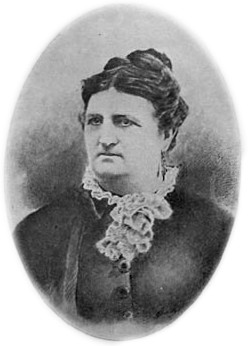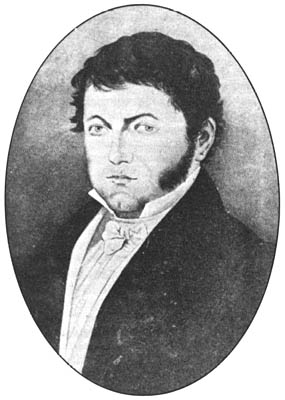History of marriage in California facts for kids
The history of marriage in California is a long story. It goes back to when the first Spanish missions were built. Even before that, Native Californians had their own marriage traditions.
Contents
Native American Marriage Customs
Native American communities in California had their own ways of life. While they didn't write things down like Western cultures, we know a lot from old sites and early Spanish records.
For example, the Chumash people in Southern California practiced something called matrilocal residence. This means the husband would move to live with his wife's family or community. The only exception was the chief. His wife would move to his community. The chief was also the only person who could have more than one spouse.
Spanish Mission Influence (1697–1767)
The Spanish started building missions in California in 1697. The first one was Nuestra Senora de Loreto in Baja California. During this time, the Spanish tried to change Native American customs. They especially wanted to stop polygamy, which is when someone has more than one spouse. Sometimes, Native Americans resisted these new rules.
In 1744, a missionary named Clemente Guillen reported that he had stopped some Native American ceremonies. Another missionary, Joseph de Torres Pereas, noted that some traditional marriage ceremonies were still happening. This showed that some Native American leaders were encouraging adults not to accept the new Christian ways.
Missions and Native Marriages (1785–1810)
The Franciscan Missions worked hard to bring Native Californians into their way of life. They tried to stop any marriage or family customs that the Spanish Catholic Church didn't approve of.
The Church wanted Native Americans to marry through Catholic ceremonies. In Northern California Missions, records show that about 2,300 Native American couples who were already married by their own customs got married again in Catholic ceremonies. About 5,000 new couples also married, and 10,000 widows and widowers remarried.
The missions also encouraged Native American women to marry Spanish men. This was to help increase the population and Spanish influence. However, this situation could be difficult for Native women in the new colonial society.
The Carrillo-Fitch Elopement (1829)
In 1829, a big event happened that caused a stir. It involved a local Spanish woman from San Diego and a man from another country.
Maria Antonia Natalia Elija Carrillo, known as Josefa, was born in 1810. She was the oldest of 13 children. Her family was very important and well-connected in California. Young people in California were often expected to marry early.
But Josefa fell in love with an American merchant, Henry Delano Fitch, instead of a Californian. Fitch asked to marry Maria Antonia in 1827.
On April 15, 1829, their wedding ceremony began. But it was stopped by the Governor, Jose Maria Echeandia. People believed the Governor was upset because Fitch didn't want to become a Spanish citizen.
The couple decided to run away and got married in Valparaiso, Chile. When they returned to California in 1830, Governor Echeandia said their marriage was "illegal." He had Fitch put in prison and Josefa placed in a special house called Deposito. This was a way to separate couples to see if they truly wanted to be married.
Josefa was held in San Gabriel, and Fitch was in Monterrey. In December 1830, church leaders decided the marriage was valid. To end the problem, the couple was told to attend special church services and say prayers.
California Statehood and Marriage Laws (1850–1872)
On September 8, 1850, California became the 31st state in the United States. At that time, marriage was described as a "civil contract." This meant it was an agreement between two people. The laws used words like "husband" and "wife." Later, court decisions said that any unmarried male 18 or older and any unmarried female 15 or older could get married. The law didn't say which gender could marry which.
Interracial Marriage Bans
In 1850, a law was made that said "all marriages of white persons with Negroes or mulattoes [were] declared to be illegal and void." This meant people of different races could not marry. This law stayed in place until 1948.
In 1948, the California Supreme Court made a big decision. It was the first state court in the country to say that a law stopping interracial marriage was wrong. The court said that marriage is a very important right for all people. It explained that laws should not unfairly stop people from marrying based on their race. Marriage is a basic right, like other freedoms.
|



